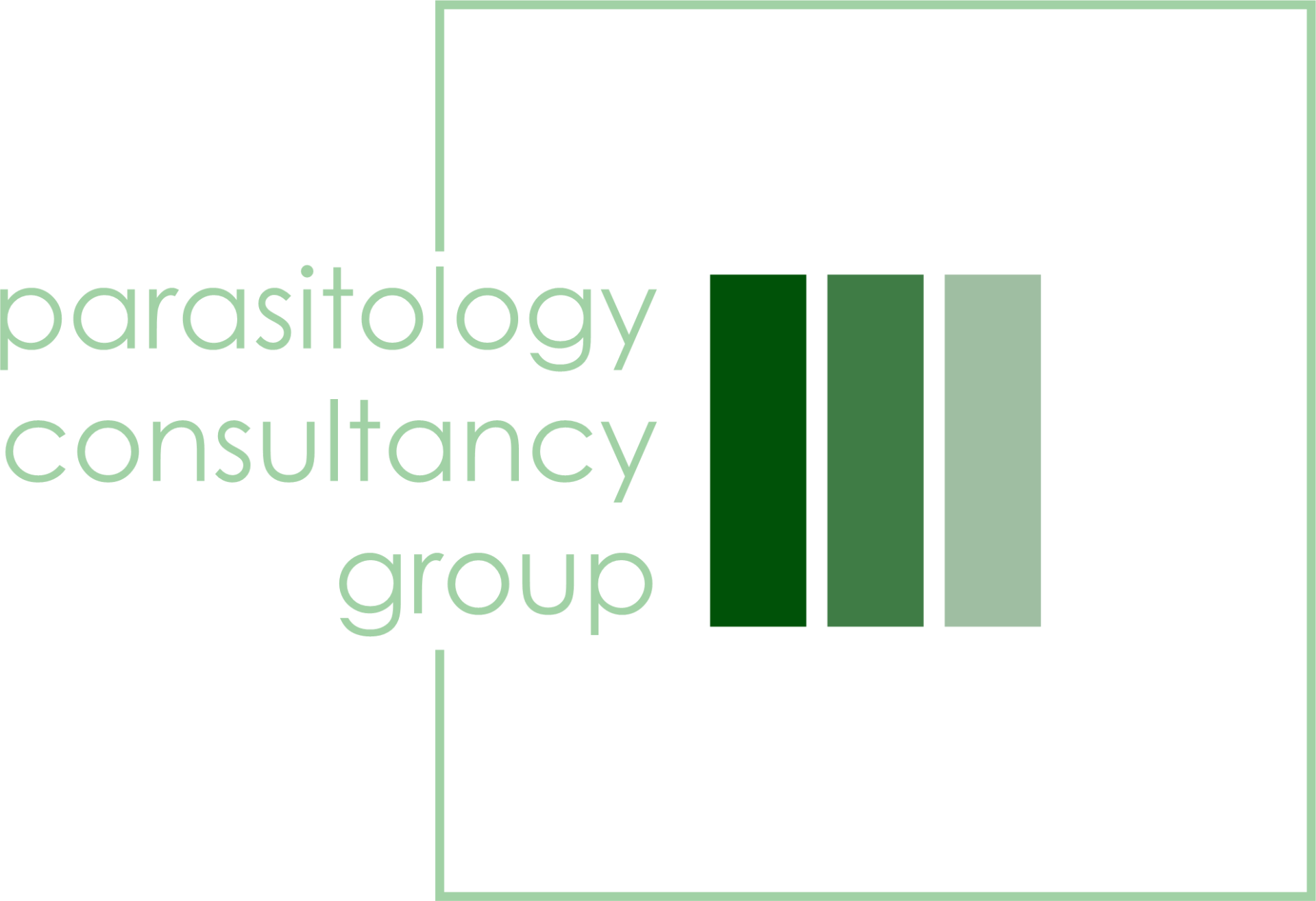Development of factsheets for EU Agencies

As part of our work in research intelligence, we have contributed to the development and review of vector factsheets for lice (Phthiraptera) and fleas (Siphonaptera) on behalf of ECDC. These factsheets are key resources for public health professionals, providing concise, evidence-based summaries of biology, epidemiology, disease risk, and control measures.
Factsheet on Fleas
Fleas are blood-sucking ectoparasites that infest wild and domestic animals—and occasionally humans. According to ECDC, some flea species can transmit pathogens such as Yersinia pestis (plague), Rickettsia typhi (murine typhus), Rickettsia felis (flea-borne spotted fever), and Bartonella henselae (cat scratch disease). ECDC The factsheet describes their life cycle, ecological plasticity, and how environmental and host factors influence their distribution. ECDC
Factsheet on Lice
The ECDC factsheet on lice covers their taxonomy, adaptation to parasitism, and host specificity. It underscores that lice are obligate parasites, exclusively dependent on hosts, and provides insight into their biology and public health relevance. ECDC
Our role & value added
In our collaboration, we performed tasks including:
-
reviewing and updating scientific evidence for the factsheets
-
drafting concise, clear text for biology, distribution, risk, and control sections
-
verifying taxonomic and epidemiological data from recent literature
-
ensuring that content aligns with ECDC's format and standards
By being part of the development of these high-visibility documents, we demonstrate our capacity to provide research intelligence that meets the needs of major public health entities.
